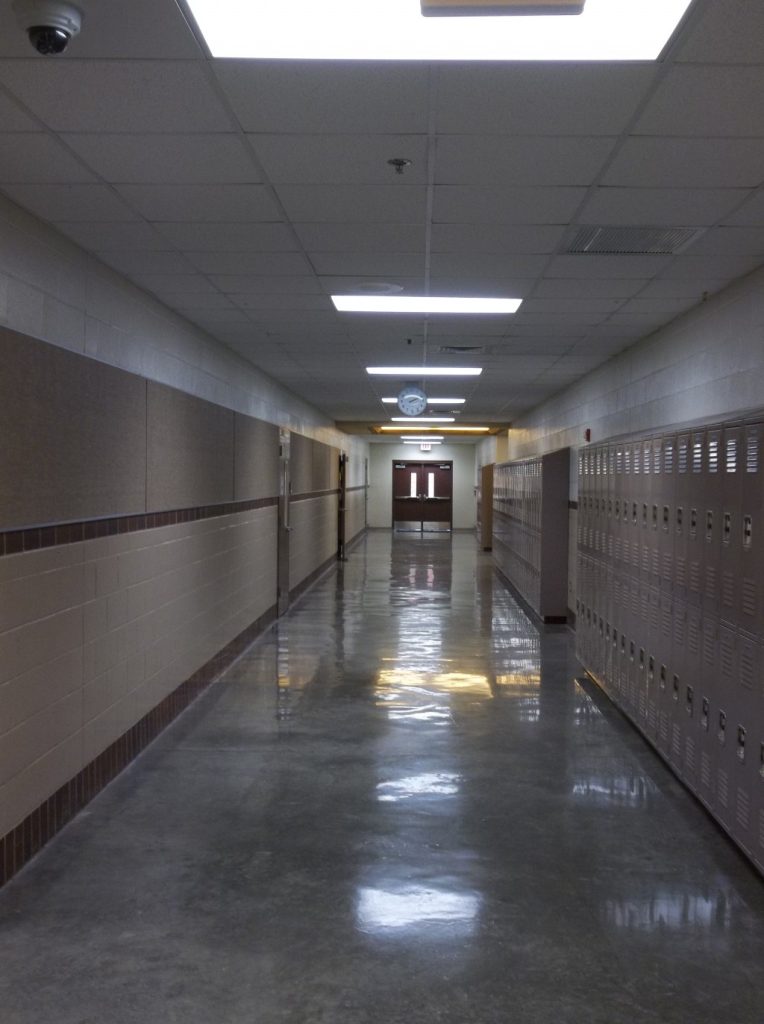
The education system, a cornerstone of any thriving society, often finds itself shrouded in a veil of complacency. We tend to focus on test scores and graduation rates, but are we truly addressing the root causes of educational struggles? The unspoken crisis lies in the cracks of our system—the overlooked elements that prevent students from reaching their full potential.
Imagine a world where every child has the chance to thrive, not just survive, in the classroom. That’s the vision we should strive for. Yet, we often see a disconnect between the ideals we preach and the reality many students face every day.
The education crisis isn’t just about poorly equipped schools or unqualified teachers. It’s a complex web of issues, ranging from socioeconomic disparities to mental health concerns, affecting every facet of a student’s journey.
Think of a ship sailing toward a destination. If the compass is faulty or the navigation charts incomplete, the journey will be fraught with difficulties, no matter how strong the crew. Similarly, our education system often lacks the proper tools and insights to guide students towards achievement.
How many times have we heard the phrase “lack of resources” in discussions about failing schools? But where does that “lack” begin? Often, it stems from a broader societal issue of inequitable resource allocation. Is there enough funding for counselors, mental health support, and adequate facilities? The answer, unfortunately, is often a resounding no.
Related Post : The Ultimate Guide to Choosing a High-Paying College Major
A critical issue that fuels the crisis is the growing mental health burden amongst students. The pressure to succeed academically, combined with the societal pressures and anxieties of adolescence, often creates a perfect storm. Schools need to be more proactive in recognizing and addressing these issues, providing necessary support and resources to help students navigate these challenges.
Are schools effectively addressing the diverse learning needs of each student? Or are we using a one-size-fits-all approach that leaves many behind? To make a meaningful difference, we need to move past standardized testing and recognize the unique strengths and talents that each student possesses.
Furthermore, a critical element often overlooked is parental involvement. In families facing poverty or social isolation, parental support and encouragement can be severely limited. Providing support programs and resources for parents to actively participate in their child’s education can create a powerful ripple effect.
Consider this: Imagine a tree struggling to grow in a barren and neglected field. How can we expect it to flourish? We need to nourish the environment, not just the plant itself. Our approach to education needs a thorough overhaul that addresses both the individual student and the broader system.
How do we create a system that nurtures curiosity and creativity instead of stifling them? We need to move away from rote memorization and embrace a curriculum that encourages critical thinking and problem-solving skills. By fostering a love for learning, we pave the path for students to engage deeply with their education and take ownership of their learning journey— a journey that’s essential for their future achievement and the future of our society.
In conclusion, the education crisis we’re discussing isn’t just about failing schools; it’s about a multifaceted system that needs a complete overhaul. We need to address societal issues and understand that education is a holistic process. By fostering open dialogue, investing in support systems, and nurturing a love for learning, we can build a brighter future for all students. We can create a system that empowers every individual to reach their full potential, not just pass a test.


